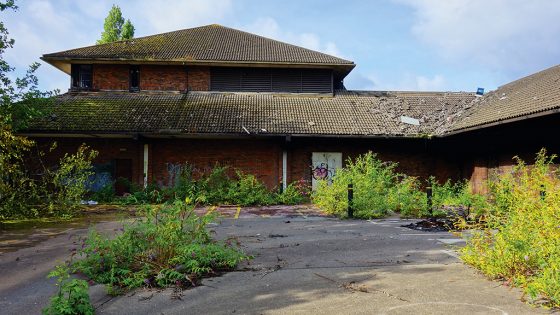A bit like buses, we’ve waited years for a big government announcement on planning and two come along in seven months.
In December last year, then-communities secretary Michael Gove released a National Planning Policy Framework (NPPF) that made new-home targets advisory.
It didn’t last long. The first set-piece act of Labour deputy prime minister Angela Rayner in July was to publish a new draft NPPF, which is now out for consultation until 24 September.
Mandatory housebuilding targets were reinstated but the big change was an overhaul of the greenbelt land rules – local planning authorities will have to review their greenbelt boundaries and then submit a new ‘local plan’, a guide to future development and land use in a certain area.
In its consultation document, the government also said it wants to prioritise the “brownfield-first” development of previously used land. But it acknowledged that this alone “will not be enough to meet our housing need”.
So the draft NPPF also includes the development of greybelt land. This term describes disused greenbelt areas that have been previously developed or areas with a limited contribution to the greenbelt. Examples are disused infrastructure such as car parks or fuel stations in a rural area.
So would the NPPF be a game-changer for infrastructure firms and major contractors?
Barbara Beasley, partner at law firm Farrer & Co, told Construction News: “This will not come without its challenges. From a scale perspective, the estimated size for developments on these sites is unlikely to attract truly major developments, but this could open the opportunity up as an interesting prospect for legacy developments by landowners or SME developers.”
Allan Wilen, economics director at data provider Glenigan, agreed that the proposed changes “will make a significant addition to the overall supply of development land”.
He added: “The changes appear to primarily target previously developed green belt land. This may initially see the release of smaller sites, offering opportunities to smaller builders.”
Paul Wakefield, a specialist planning solicitor at law firm Shakespeare Martineau, said that while the proposed changes “will create opportunities for all developers, there may be particular opportunities for SME housebuilders, depending on the size and scale of any ‘greybelt’ areas that are identified”.
Contractors could benefit if a small development strengthens the case for new infrastructure in an existing area. Beasley said that some greenbelt communities lack infrastructure, “and so the right projects on the right land could considerably improve this. There is real potential for the greybelt initiative to facilitate good placemaking.”
But the size of sites will limit affordable housing percentages – especially in the North of England, said Beasley. She also questioned how quickly sites can be brought forward. “A disused garage in Tottenham will come with a far greater list of potential risks than a former garden centre surrounded by countryside next to a main road.”
Wakefield said: “There will also be a need to ensure that prices for land accurately reflect the need to deliver fully policy-compliant schemes in such areas with increased levels of affordable housing.”

